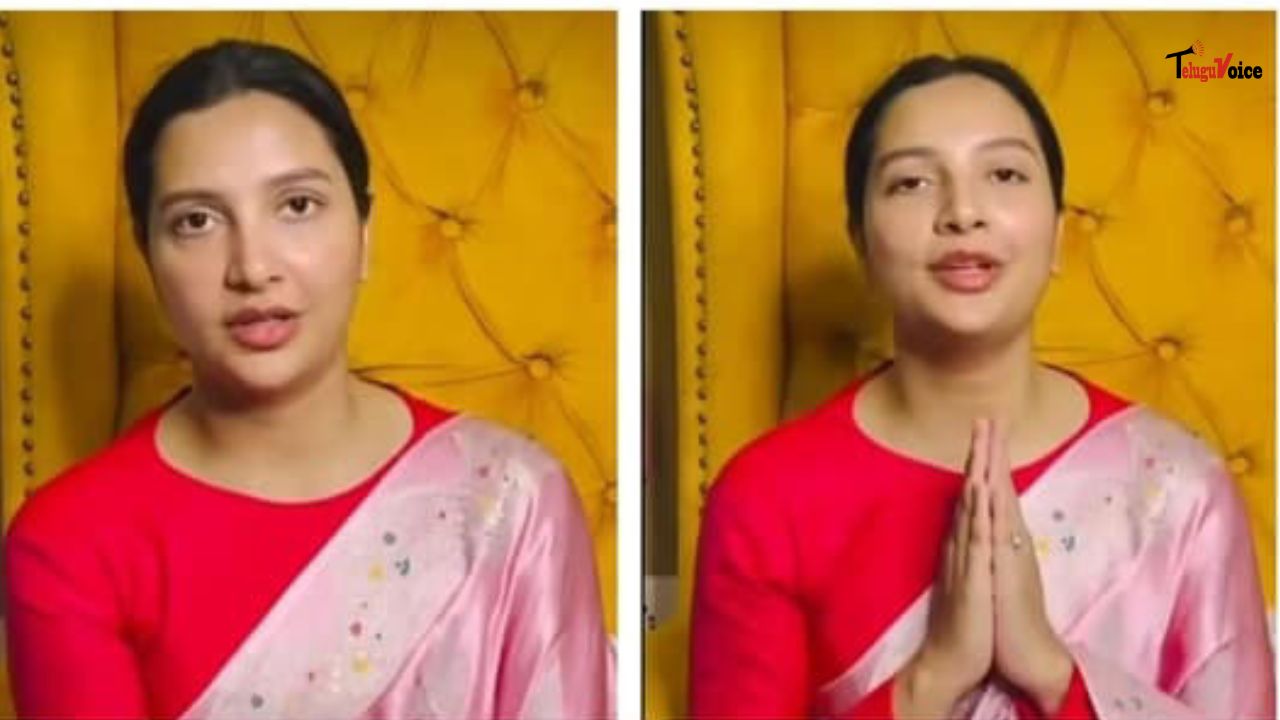82% male and 92% Female Workers in India Earn Less Than Rs 10,000 per Month

Unemployment is one of the major problems in India. Now, it has been even increasing as ‘State of Working India 2018’ report declared that the country has the highest rate of unemployment in 20 years.
The Centre for Sustainable Employment of the Azim Premji University revealed some realities that trouble the job market in India.
Even as GDP growth rates have risen, the relationship between growth and employment generation has become weaker over time.
In the 1970s and 1980s, when GDP growth was around 3-4 per cent, employment growth was around 2 per cent per annum.
Since the 1990s, and particularly in the 2000s, GDP growth has increased to 7 per cent but employment growth has slowed to 1 per cent or even less. The ratio of GDP growth to employment growth is now less than 0.1.
82 per cent of male and 92 per cent of female workers earn less than Rs 10,000 a month though Rs 18,000 per month is the minimum salary recommended by the Seventh Central Pay Commission.
This suggests that a majority of Indians are not being paid what is termed as a living wage, and it explains why people are more interested in government jobs.
The growing rate of open unemployment among educated youth is also another serious problem to think about.
“India’s problem is not unemployment but underemployment and low wages. But a new feature of the economy is a high rate of open unemployment, which is now over 5 per cent overall, and a much higher 16 per cent for youth and the higher educated," the report stated.

 South Africa tour of India 2019
South Africa tour of India 2019










Comments